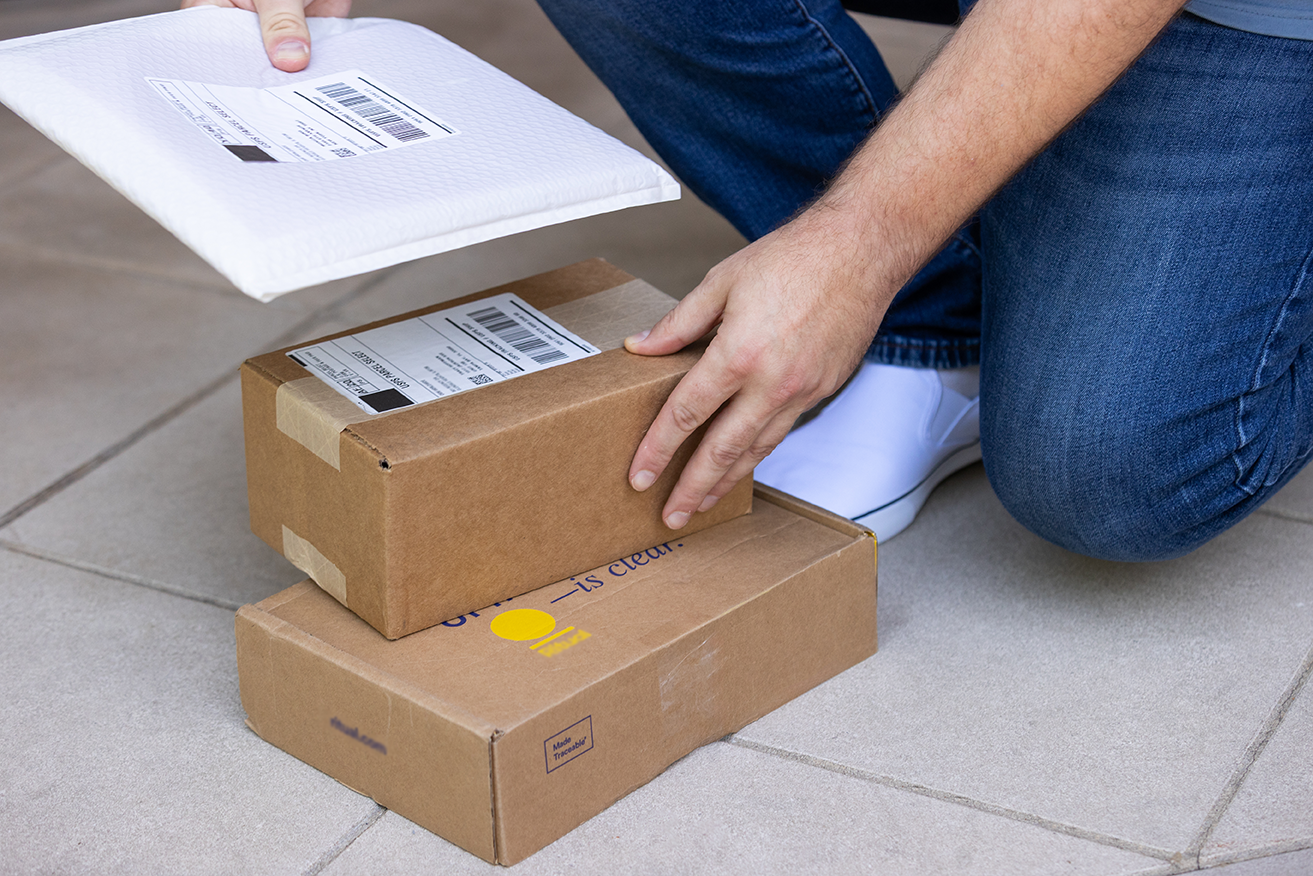eCommerce Shipping Strategy Checklist
By Rob Glover, Oct. 15, 2025

A smart shipping strategy can make or break your eCommerce business. It’s not just about moving packages quickly—it’s about keeping costs under control, maintaining operational efficiency and delivering a stress-free shopping experience for your customers.
Use this checklist to ask yourself the right questions—and see if your domestic shipping approach supports growth, reduces headaches and keeps customers coming back.
1. Customer Experience
Dependable delivery is an important part of your brand. A smooth, transparent delivery process builds trust and encourages repeat business.
- Do you provide estimated delivery dates?
- Are tracking notifications automated and updated in real-time?
- Is your delivery experience consistent every time the customer purchases from you?
- Can your customers easily resolve delivery issues when they arise
2. Operational Efficiency
Successful processing and delivery operations keep packages on schedule and costs under control. The shipping companies you work with should be dependable, so you can focus on growth and scale with confidence.
- Is your carrier’s network designed for your parcel profile?
- Are you shipping with consistent transit times nationwide?
- Do you optimize package routing to avoid delays or high-cost zones?
- Is your shipping software integrated with your eCommerce platform?
3. Cost Management
Shipping costs can quickly eat into margins if not carefully monitored. Smart cost management ensures your shipping strategy is sustainable and profitable.
- Does your shipping partner work with you to evaluate and determine the best shipping options for your business?
- Are you monitoring true cost-per-package, including surcharges and DIM fees?
- Do you audit your invoices regularly for hidden fees?
4. Visibility and Reporting
Data-driven insights are essential to continuous improvement. Greater visibility lets you proactively address issues and enhance service.
- Do you have access to real-time shipping performance data?
- Can you analyze carrier performance by region, speed or cost?
- Are delays or delivery exceptions flagged quickly for customer service?
5. Strategic Flexibility
Your shipping strategy should evolve with your business. Flexibility helps you stay competitive and responsive to market changes.
- Do you have a plan for peak season scalability?
- Is your shipping partner proactive in suggesting improvements?
- Are you able to easily test new service levels or carriers?
- Does your shipping strategy support your brand promise?
Shipping is a critical part of your business and brand experience. It influences customer satisfaction, repeat purchases and overall operational efficiency. A well-designed strategy can turn shipping into a competitive advantage, helping you increase profits and strengthen your brand reputation.
Reach out today and let us help you optimize your shipping strategy for maximum efficiency—and profit!
About the Author
Rob Glover, vice president of sales, joined OSM Worldwide in 2019. Active in the small parcel shipping industry for over 25 years, Rob thrives on helping eCommerce companies find new and innovative ways to improve results through technology, fulfillment and delivery solutions that best fit their businesses.
